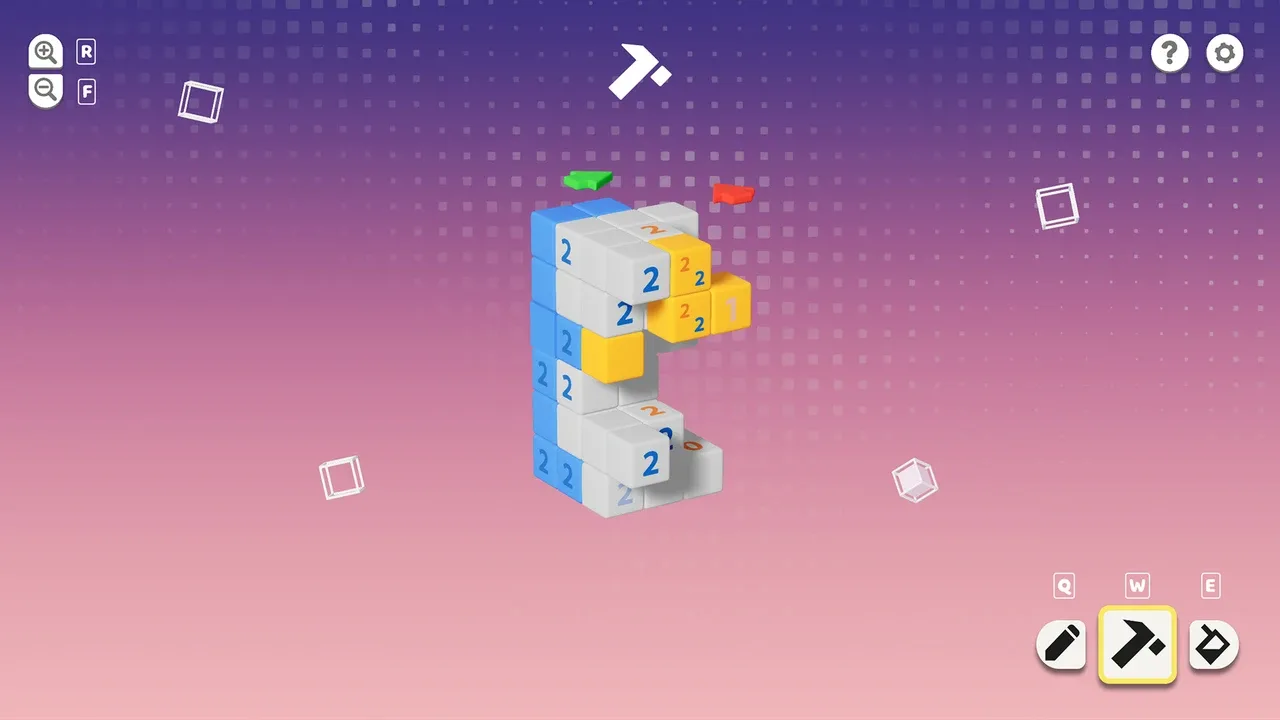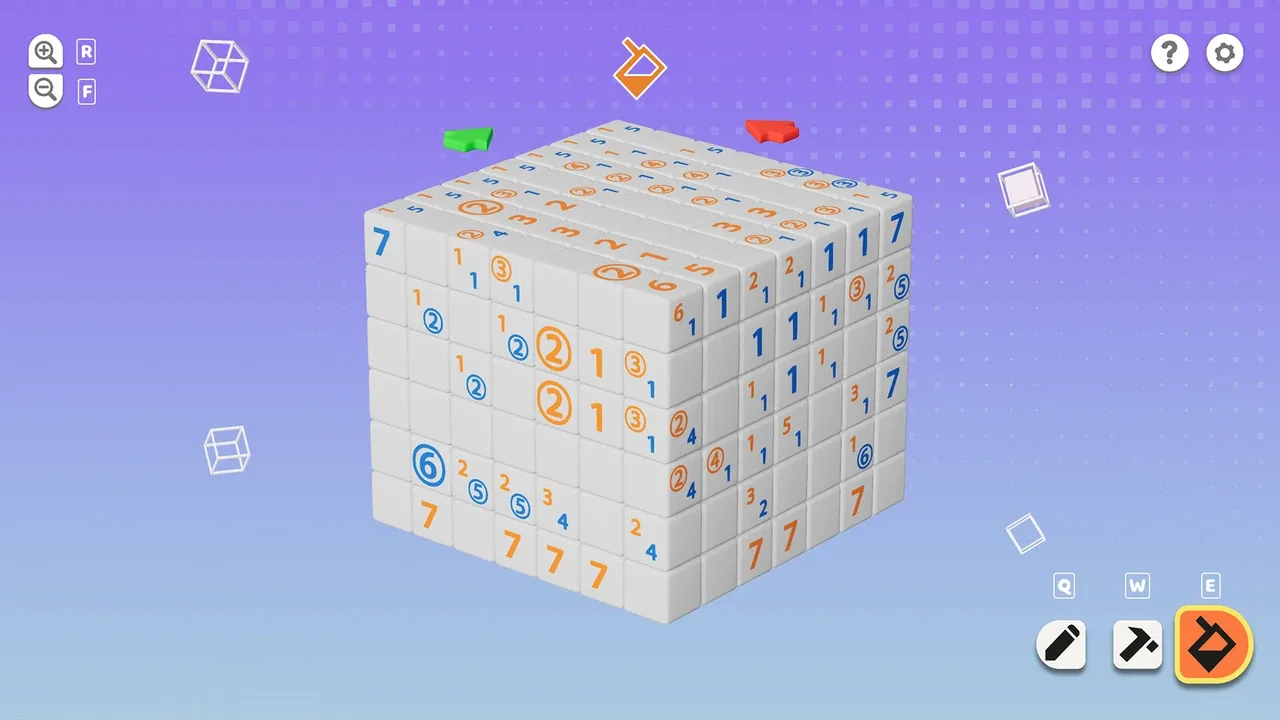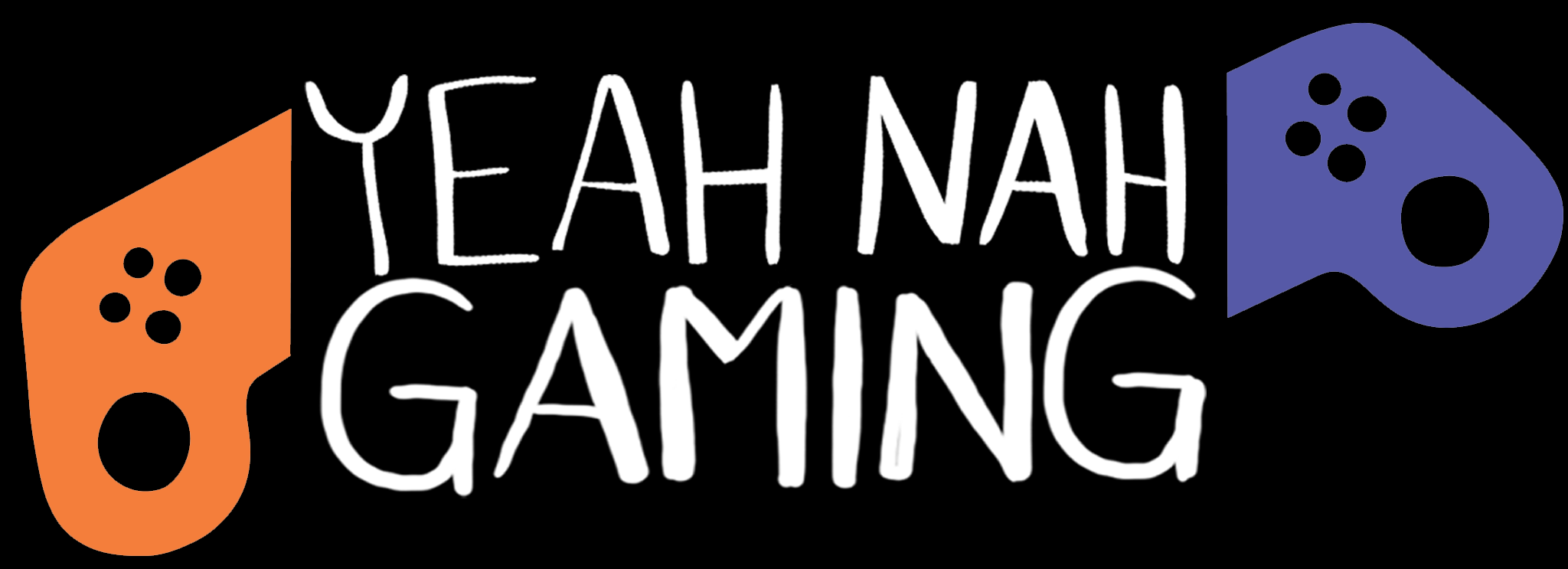Remember HAL Laboratory’s Picross 3D games for Nintendo DS and 3DS? I was starting to think I was the only one, but I’m glad to discover that I’m not. French developer Seven Jams are evidently fans as well, because they’ve come out with Nonogram 3D: Mega Puzzle. It’s got a different name, and no official connection to HAL Laboratory’s efforts, but it wears that inspiration on its sleeve—this is as close as you’ll get to a new Picross 3D.
The concept is simple. Each puzzle starts with a rectangular prism made up of cubic blocks, and hidden within that is a 3D model. To reveal that model, you chip away the blocks like a sculptor chiseling a block of marble, using clues on the sides of the cubes to identify which blocks should be removed. A number on the end of a row of cubes tells you how many in that row are included in the final model, giving you a basis to logically determine which blocks to remove and which to retain.

Further wrinkles come in the form of different types of clues. A number on its own is an uninterrupted row, but a number in a circle means the row has that many total blocks but in two separate groups. A number in a square is similar, but tells you that number is split across three or more groups. Colours add another layer, asking you not just to identify which blocks to keep but which should be painted orange or blue, according to the colour of the numbers. When all these different pieces come together, you get clues that are more complex but also give you more avenues for logical deduction.
Quality control in the puzzle design means that no matter how tricky they may appear, there’s always a logical solution and never a need for guesswork. There will always be at least one block that, based on the information available, can be safely deleted or marked, in turn adding more context for the remaining clues. In the tougher puzzles, the challenge is in analysing the clues—and the points where different rows and columns intersect—to find those absolutes.
The interface for doing this is fairly straightforward. You’ve got a toolbar to select between tools for breaking blocks, painting them, or temporarily marking them, and keyboard shortcuts for switching between them. You can also delete blocks simply by right-clicking, which removes the need for too much switching back and forth between tools. You can freely rotate the puzzle to view it from different sides, and also view a cross section in order to interact with internal blocks. It’s all fairly intuitive, with the one caveat that it’s easy to accidentally delete blocks when you’re trying to rotate the puzzle, since right click is used for both camera control and deleting blocks.

As for the models that completing a puzzle unveils, they’re… fine. They’re fairly rudimentary, blocky 3D models—by necessity—but they lack charm. It’s absolutely possible to make low-poly models that look nice despite the constraints of the 3D nonogram puzzle concept, but Nonogram 3D: Mega Puzzle struggles to get there. They’re not bad by any stretch, they just come out looking a little uninspired. This is a game you play for the fun of solving the puzzles, not for the aesthetics of the final result.
That fact lends itself to one of the more unique aspects of Nonogram 3D: the level generator, a tool that algorithmically generates puzzles. You set the dimensions and difficulty, and the game will generate a logically solvable puzzle. There are no pictures to uncover here, with the end result being a random assortment of blocks, but this does give you a functionally infinite supply of puzzles—a nice touch once you’ve completed the 200 or so regular puzzles.
One notable absence is a level designer. It’d take some work to implement, sure, but if the game can procedurally generate whole levels, surely the same logic could be used to check if a user-created puzzle is valid. And if players could create and share puzzles, that opens up a whole new avenue for budding puzzle designers. The most enjoyable nonogram games, long-term, are the ones with good creation tools and a good community, and it’d be great to see Nonogram 3D follow that same path.

A few other little things hold it back, too. There’s no native controller support, and no touchscreen support, either. The whole puzzle concept lends itself to touch controls—that’s part of what made Picross 3D work so well on Nintendo DS, after all—and in an age of handheld PCs and two-in-ones, being able to play with a controller and/or touchscreen would go a long way. There’s also a lack of keyboard shortcuts for some functions—most notably, viewing cross-sections of puzzles—which makes this a very mouse-driven game. Not the end of the world, but a missed opportunity.
Those shortcomings aside, Nonogram 3D: Mega Puzzle is a fun puzzler. It captures the spirit of Picross 3D well, and certainly scratches the same itch. If you’ve been holding out for Nintendo to announce a sequel, give this game a look.
Reviewed on PC with a review code provided by the developer.
Some shortcomings and missed opportunities aside, Nonogram 3D: Mega Puzzle does a decent job of filling the void left by Picross 3D.

